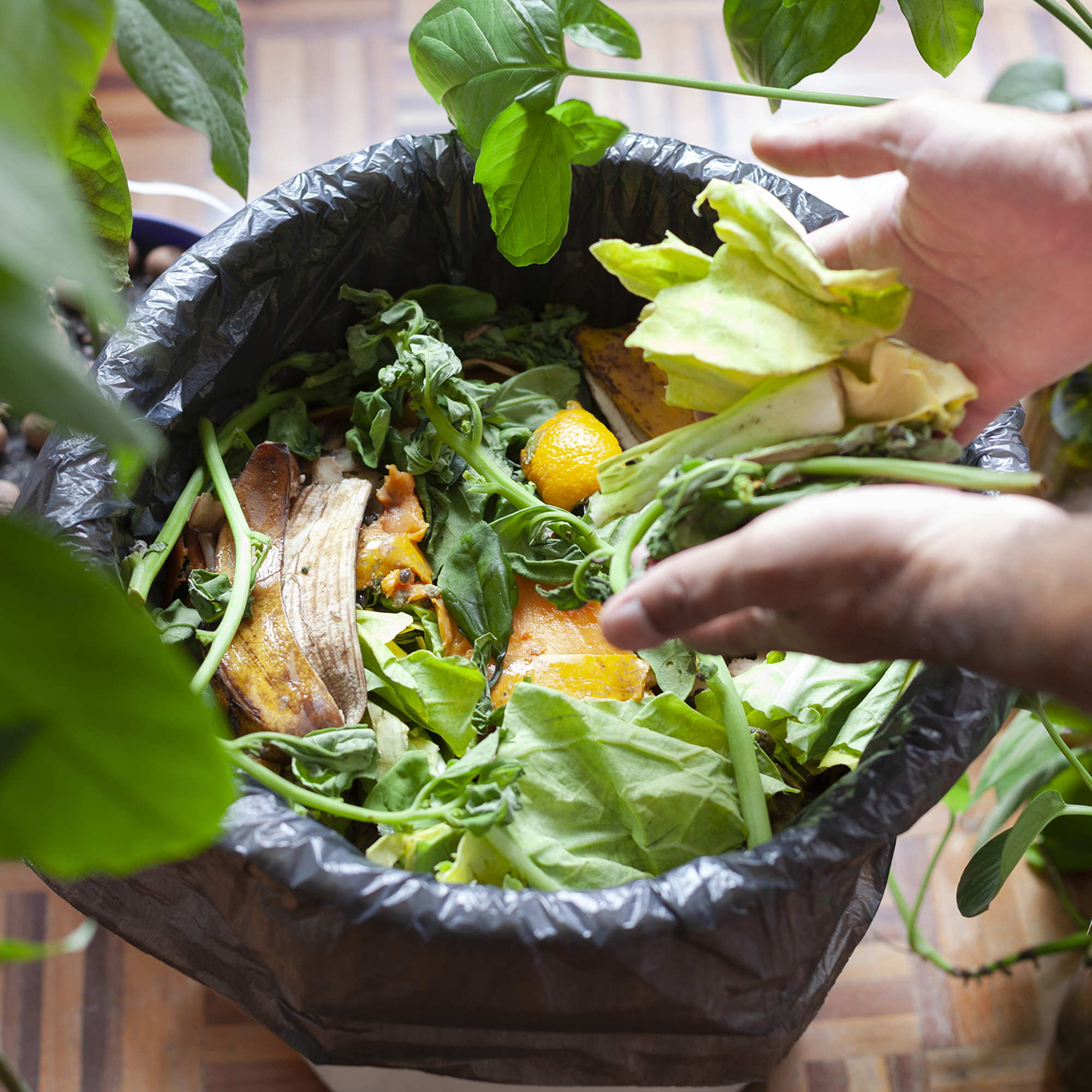Blue Vervain Cultivation: Tips On Growing Blue Vervain Plants


A wildflower native to North America, blue vervain is often seen growing in moist, grassy meadows and along streams and roadsides where it brightens the landscape with spiky, bluish-purple blooms from midsummer to early autumn. Let's learn more about blue vervain cultivation.
Blue Vervain Information
Blue vervain (Verbena hastata) is also known as American blue vervain or wild hyssop. The plant grows wild in nearly every part of the United States. However, this cold tolerant perennial doesn't do well in climates warmer than USDA plant hardiness zone 8. Blue vervain is a traditional medicinal herb, with the roots, leaves or flowers used to treat conditions ranging from stomach aches, colds and fever to headaches, bruises and arthritis. Native Americans of the West Coast roasted the seeds and ground them into meal or flour. In the garden, blue vervain plants attract bumblebees and other important pollinators and the seeds are a source of nutrients for songbirds. Blue vervain is also a good choice for a rain garden or a butterfly garden.
Growing Blue Vervain
Blue vervain performs best in full sunlight and moist, well-drained, moderately rich soil. Plant blue vervain seeds directly outdoors in late autumn. Cold temperatures break the dormancy of the seeds so they are ready to germinate in spring. Cultivate the soil lightly and remove weeds. Sprinkle the seeds over the surface of the soil, then use a rake to cover the seeds no more than 1/8 inch (3 ml.) deep. Water lightly.
Care of Blue Vervain Wildflowers
Once established, this pest-and disease-resistant plant requires little care. Keep the seeds moist until they germinate. Thereafter, one deep watering per week during warm weather is usually sufficient. Water deeply if the top 1 to 2 inches (2.5 to 5 cm.) of soil feel dry to the touch. The soil shouldn't remain soggy, but it also shouldn't be allowed to become bone dry either. Blue vervain benefits from a balanced, water-soluble fertilizer applied monthly during the summer. A 1- to 3-inch (2.5 to 7.6 cm.) layer of mulch, such as bark chips or compost, keeps the soil moist and suppresses growth of weeds. Mulch also protects the roots in cold winter climates.
Gardening tips, videos, info and more delivered right to your inbox!
Sign up for the Gardening Know How newsletter today and receive a free copy of our e-book "How to Grow Delicious Tomatoes".

A Credentialed Garden Writer, Mary H. Dyer was with Gardening Know How in the very beginning, publishing articles as early as 2007.
-
 4 Superfast Composting Methods: Turn Waste Into Garden Gold In 30 Days Or Less
4 Superfast Composting Methods: Turn Waste Into Garden Gold In 30 Days Or LessTry the fastest composting methods to turbocharge your pile and transform kitchen scraps and garden waste into finished compost in just a few weeks.
By Mary Ellen Ellis
-
 Best Spider Plant Soil – Complete Soil Guide And Expert Tips For Keeping Plants Happy
Best Spider Plant Soil – Complete Soil Guide And Expert Tips For Keeping Plants HappySpider plants are fun and easy plants to grow, but what is the best soil for a spider plant? Selecting the right soil is important so they can thrive.
By Bonnie L. Grant